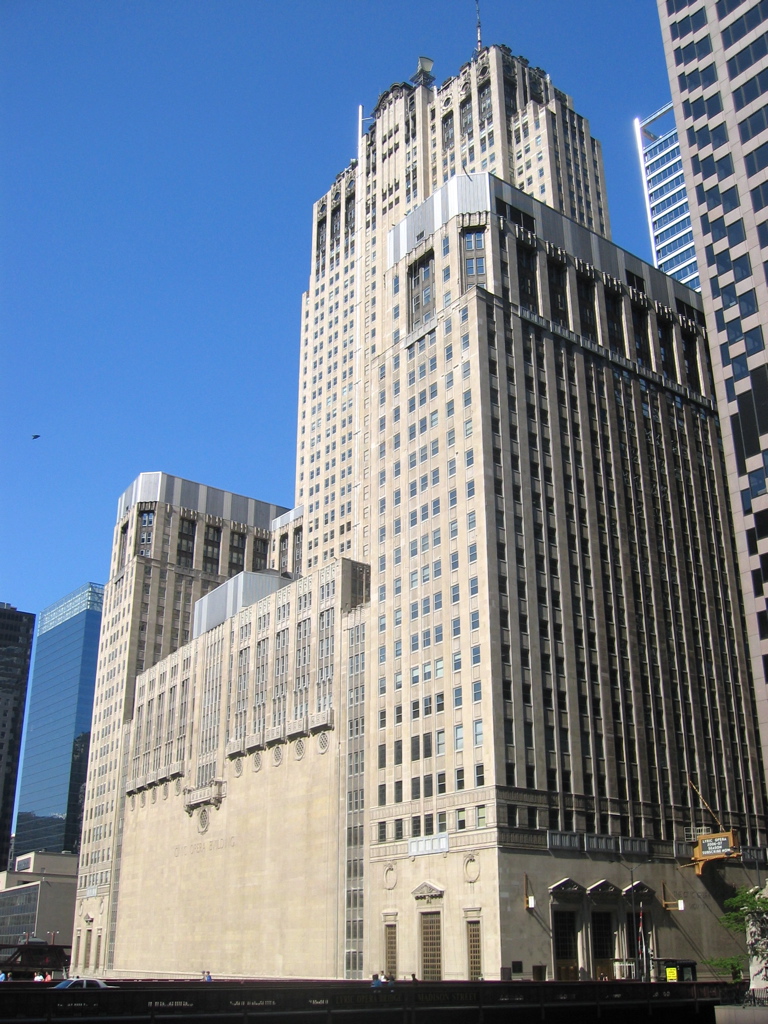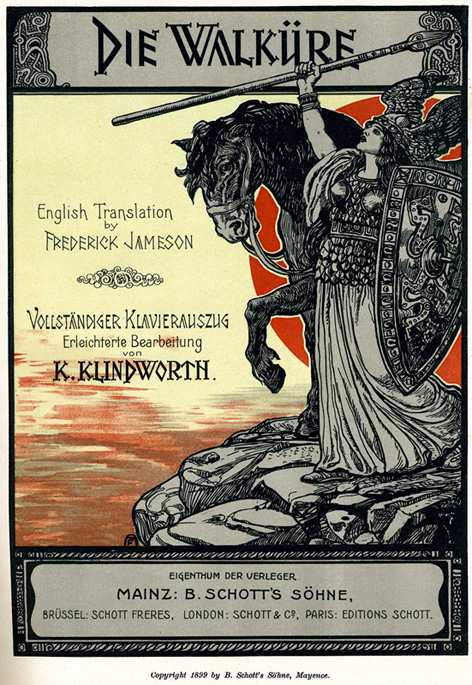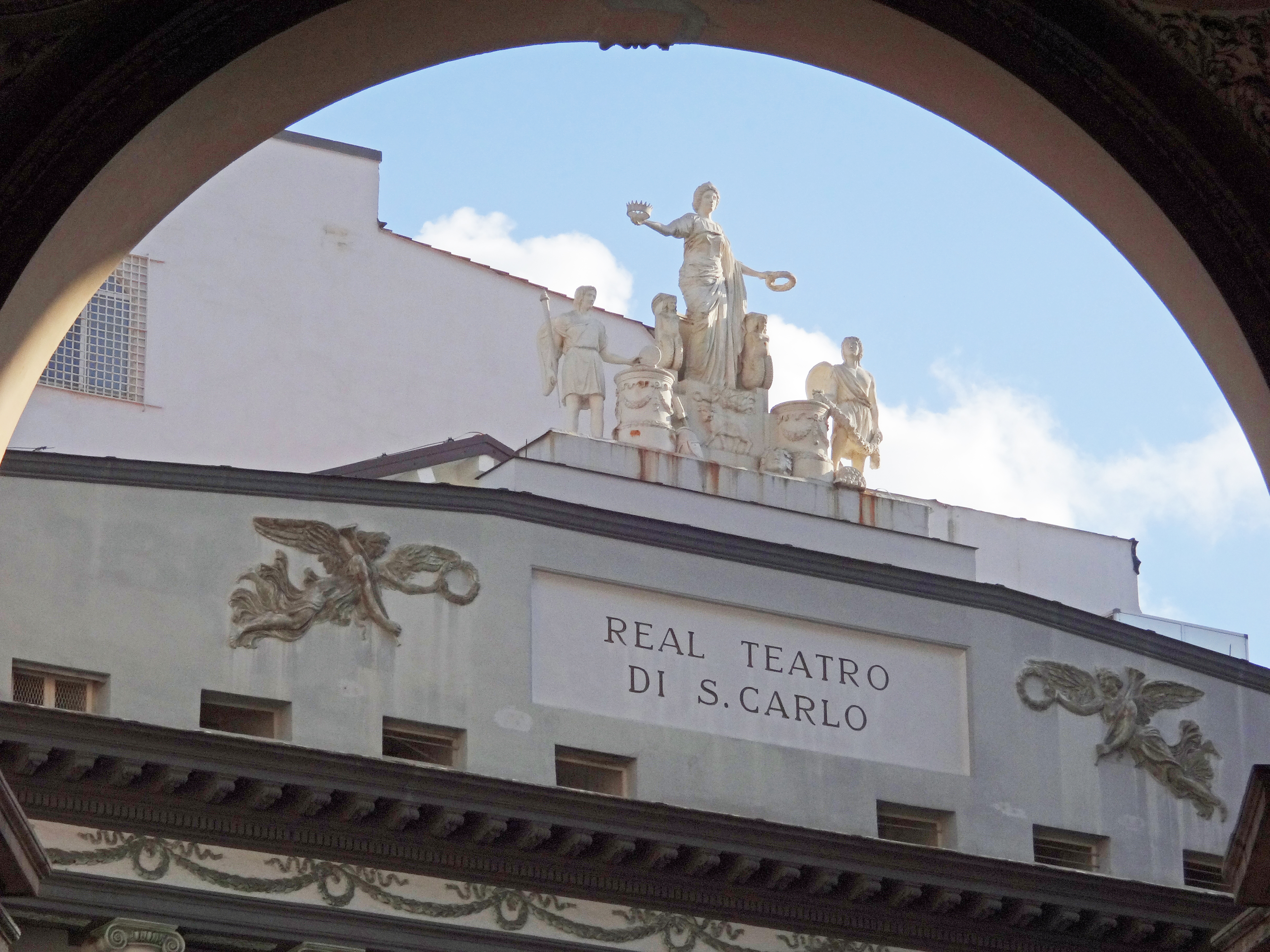|
Sebastian Feiersinger
Sebastian Feiersinger (5 May 1913, in Kirchbichl – 2 September 1984, in Nuremberg) was an Austrian operatic tenor, particularly associated with the German repertory. He studied at the Vienna Music Academy with Hans Duhan and Josef von Manowarda. He made his debut in Heilbronn in 1939, and then played in Gablonz (1940–41), Saarbrücken (1941–43), then the war interrupted his career which he resumed in Salzburg (1945–47) and Innsbruck (1947–49), he returned to Saarbrücken (1949–51), then went on to Wiesbaden (1951–53), Graz (1953–54), and finally joined the Nuremberg Opera in 1954, where he remained until 1975. During the 1958–59 season he made his debut at both the San Francisco Opera in the title role of ''Tannhäuser'', and at the Metropolitan Opera in New York, as Walther in ''Die Meistersinger von Nürnberg'', to considerable acclaim, and in 1963 at the Lyric Opera of Chicago as Tristan in ''Tristan und Isolde''. He also appeared at La Scala in Milan, the P ... [...More Info...] [...Related Items...] OR: [Wikipedia] [Google] [Baidu] |
Kirchbichl
Kirchbichl is a municipality in the Kufstein District in the Austrian state of Tyrol located 10 km south of Kufstein and 3 km northeast above Wörgl. It has six parts and its main source of income is cement industry. Climate Population References External links Official website Cities and towns in Kufstein District {{Tyrol-geo-stub ... [...More Info...] [...Related Items...] OR: [Wikipedia] [Google] [Baidu] |
Lyric Opera Of Chicago
Lyric Opera of Chicago is one of the leading opera companies in the United States. It was founded in Chicago in 1954, under the name 'Lyric Theatre of Chicago' by Carol Fox, Nicola Rescigno and Lawrence Kelly, with a season that included Maria Callas's American debut in ''Norma''. The company was re-organized by Fox in 1956 under its present name and, after her 1981 departure, it has continued to be of one of the major opera companies in the United States. The Lyric is housed in a theater and related spaces in the Civic Opera Building. These spaces are now owned by the Lyric. Opera in Chicago 1850–1954 The first opera to be performed in Chicago was Bellini's ''La sonnambula'', presented by a traveling opera company on 29 July 1850. Chicago's first opera house opened in 1865 but was destroyed in the Great Fire of Chicago in 1871. The second opera house, the Chicago Auditorium, opened in 1889. In 1929 the current Civic Opera House on 20 North Wacker Drive was opened, thoug ... [...More Info...] [...Related Items...] OR: [Wikipedia] [Google] [Baidu] |
Elektra (opera)
''Elektra'', Op. 58, is a one-act opera by Richard Strauss, to a German-language libretto by Hugo von Hofmannsthal, which he adapted from his 1903 drama ''Elektra''. The opera was the first of many collaborations between Strauss and Hofmannsthal. It was first performed at the Königliches Opernhaus in Dresden on 25 January 1909. It was dedicated to his friends Natalie and Willy Levin. History While based on ancient Greek mythology and Sophocles' tragedy ''Electra'', the opera is highly modernist and expressionist in style. Hofmannsthal's and Strauss's adaptation of the story focuses tightly on Elektra, thoroughly developing her character by single-mindedly expressing her emotions and psychology as she meets with other characters, mostly one at a time. (The order of these conversations closely follows Sophocles' play.) The other characters are Klytaemnestra, her mother and one of the murderers of her father Agamemnon; her sister, Chrysothemis; her brother, Orestes; and Klytae ... [...More Info...] [...Related Items...] OR: [Wikipedia] [Google] [Baidu] |
Die Walküre
(; ''The Valkyrie''), WWV 86B, is the second of the four music dramas that constitute Richard Wagner's '' Der Ring des Nibelungen'' (English: ''The Ring of the Nibelung''). It was performed, as a single opera, at the National Theatre Munich on 26 June 1870, and received its first performance as part of the ''Ring'' cycle at the Bayreuth Festspielhaus on 14 August 1876. As the ''Ring'' cycle was conceived by Wagner in reverse order of performance, ''Die Walküre'' was the third of the four texts to be written, although Wagner composed the music in performance sequence. The text was completed by July 1852, and the music by March 1856. Wagner largely followed the principles related to the form of musical drama, which he had set out in his 1851 essay '' Opera and Drama'' under which the music would interpret the text emotionally, reflecting the feelings and moods behind the work, using a system of recurring leitmotifs to represent people, ideas, and situations rather than the co ... [...More Info...] [...Related Items...] OR: [Wikipedia] [Google] [Baidu] |
Oberon (Weber)
''Oberon, or The Elf-King's Oath'' ( J. 306) is a 3-act romantic opera with spoken dialogue composed in 1825–26 by Carl Maria von Weber. The only English opera ever set by Weber, the libretto by James Robinson Planché was based on the German poem '' Oberon'' by Christoph Martin Wieland, which itself was based on the epic romance '' Huon de Bordeaux'', a French medieval tale. It was premiered in London on 12 April 1826. Against his doctor's advice, Weber undertook the project commissioned by the actor-impresario Charles Kemble for financial reasons. Having been offered the choice of Faust or Oberon as subject matter, he travelled to London to complete the music, learning English to be better able to follow the libretto, before the premiere of the opera. However, the pressure of rehearsals, social engagements and composing extra numbers destroyed his health, and Weber died in London on 5 June 1826. Performance history First performed at Covent Garden, London, on 12 April 18 ... [...More Info...] [...Related Items...] OR: [Wikipedia] [Google] [Baidu] |
Der Freischütz
' ( J. 277, Op. 77 ''The Marksman'' or ''The Freeshooter'') is a German opera with spoken dialogue in three acts by Carl Maria von Weber with a libretto by Friedrich Kind, based on a story by Johann August Apel and Friedrich Laun from their 1810 collection '' Gespensterbuch''. It premiered on 18 June 1821 at the Schauspielhaus Berlin. It is considered the first German Romantic opera. The opera's plot is mainly based on August Apel's tale "Der Freischütz" from the '' Gespensterbuch'' though the hermit, Kaspar and Ännchen are new to Kind's libretto. That Weber's tunes were just German folk music is a common misconception. Its unearthly portrayal of the supernatural in the famous Wolf's Glen scene has been described as "the most expressive rendering of the gruesome that is to be found in a musical score". Performance history The reception of ''Der Freischütz'' surpassed Weber's own hopes and it quickly became an international success, with productions in Vienna the same ye ... [...More Info...] [...Related Items...] OR: [Wikipedia] [Google] [Baidu] |
Fidelio
''Fidelio'' (; ), originally titled ' (''Leonore, or The Triumph of Marital Love''), Op. 72, is Ludwig van Beethoven's only opera. The German libretto was originally prepared by Joseph Sonnleithner from the French of Jean-Nicolas Bouilly, with the work premiering at Vienna's Theater an der Wien on 20 November 1805. The following year, Stephan von Breuning helped shorten the work from three acts to two. After further work on the libretto by Georg Friedrich Treitschke, a final version was performed at the Kärntnertortheater on 23 May 1814. By convention, both of the first two versions are referred to as ''Leonore''. The libretto, with some spoken dialogue, tells how Leonore, disguised as a prison guard named "Fidelio", rescues her husband Florestan from death in a political prison. Bouilly's scenario fits Beethoven's aesthetic and political outlook: a story of personal sacrifice, heroism, and eventual triumph. With its underlying struggle for liberty and justice mirrori ... [...More Info...] [...Related Items...] OR: [Wikipedia] [Google] [Baidu] |
Teatro Di San Carlo
The Real Teatro di San Carlo ("Royal Theatre of Saint Charles"), as originally named by the Bourbon monarchy but today known simply as the Teatro (di) San Carlo, is an opera house in Naples, Italy, connected to the Royal Palace and adjacent to the Piazza del Plebiscito. It is the oldest continuously active venue for opera in the world, having opened in 1737, decades before either Milan's La Scala or Venice's La Fenice."The Theatre and its history" on the Teatro di San Carlo's official website. (In English). Retrieved 23 December 2013 The opera season runs from late November to July, with the ballet season taking place from December to early June. The house once had a seating capacity of 3,285, but has now been reduced to 1,386 seats. Given its size, structure and antiquity, it was the model for theatres that wer ... [...More Info...] [...Related Items...] OR: [Wikipedia] [Google] [Baidu] |
La Monnaie
The Royal Theatre of La Monnaie (french: Théâtre Royal de la Monnaie, italic=no, ; nl, Koninklijke Muntschouwburg, italic=no; both translating as the "Royal Theatre of the Mint") is an opera house in central Brussels, Belgium. The National Opera of Belgium, a federal institution, takes the name of this theatre in which it is housed—La Monnaie in French or De Munt in Dutch—referring both to the building as well as the opera company. As Belgium's leading opera house, it is one of the few cultural institutions which receive financial support from the Federal Government of Belgium. Other opera houses in Belgium, such as the Vlaamse Opera and the Opéra Royal de Wallonie, are funded by regional governments. La Monnaie is located on the Place de la Monnaie/Muntplein, not far from the Rue Neuve/Nieuwstraat and the Place de Brouckère/De Brouckèreplein. The current edifice is the third theatre on the site. The facade dates from 1818 with major alterations made in 1856 and 1 ... [...More Info...] [...Related Items...] OR: [Wikipedia] [Google] [Baidu] |
Monte Carlo Opera
Monte may refer to: Places Argentina * Argentine Monte, an ecoregion * Monte Desert * Monte Partido, a ''partido'' in Buenos Aires Province Italy * Monte Bregagno * Monte Cassino * Montecorvino (other) * Montefalcione Portugal * Monte (Funchal), a civil parish in the municipality of Funchal * Monte, a civil parish in the municipality of Fafe * Monte, a civil parish in the municipality of Murtosa * Monte, a civil parish in the municipality of Terras de Bouro Elsewhere * Monte, Haute-Corse, a commune in Corsica, France * Monte, Switzerland, a village in the municipality Castel San Pietro, Ticino, Switzerland * Monte, U.S. Virgin Islands, a neighborhood * Monte Lake, British Columbia, Canada Arts, entertainment, and media * ''Monte'' (film), a 2016 drama film by Amir Naderi * Three-card Monte * Monte Bank or Monte, a card game Other uses * Monte (dessert) a milk cream dessert produced by the German dairy company Zott * Monte (mascot) Monte, short for Mo ... [...More Info...] [...Related Items...] OR: [Wikipedia] [Google] [Baidu] |
Zurich Opera
Zurich (; ) is the largest city in Switzerland and the capital of the canton of Zurich. It is located in north-central Switzerland, at the northwestern tip of Lake Zurich. , the municipality had 443,037 inhabitants, the urban area 1.315 million (2009), and the Zurich metropolitan area 1.83 million (2011). Zurich is a hub for railways, roads, and air traffic. Both Zurich Airport and Zurich's main railway station are the largest and busiest in the country. Permanently settled for over 2,000 years, Zurich was founded by the Romans, who called it '. However, early settlements have been found dating back more than 6,400 years (although this only indicates human presence in the area and not the presence of a town that early). During the Middle Ages, Zurich gained the independent and privileged status of imperial immediacy and, in 1519, became a primary centre of the Protestant Reformation in Europe under the leadership of Huldrych Zwingli. The official language of Zurich is Germ ... [...More Info...] [...Related Items...] OR: [Wikipedia] [Google] [Baidu] |
Vienna State Opera
The Vienna State Opera (, ) is an opera house and opera company based in Vienna, Austria. The 1,709-seat Renaissance Revival venue was the first major building on the Vienna Ring Road. It was built from 1861 to 1869 following plans by August Sicard von Sicardsburg and Eduard van der Nüll, and designs by Josef Hlávka. The opera house was inaugurated as the "Vienna Court Opera" (''Wiener Hofoper'') in the presence of Emperor Franz Joseph I and Empress Elisabeth of Austria. It became known by its current name after the establishment of the First Austrian Republic in 1921. The Vienna State Opera is the successor of the old Vienna Court Opera (built in 1636 inside the Hofburg). The new site was chosen and the construction paid by Emperor Franz Joseph in 1861. The members of the Vienna Philharmonic are recruited from the Vienna State Opera's orchestra. The building is also the home of the Vienna State Ballet, and it hosts the annual Vienna Opera Ball during the carnival ... [...More Info...] [...Related Items...] OR: [Wikipedia] [Google] [Baidu] |

.jpg)






